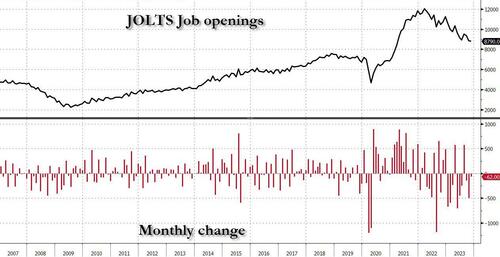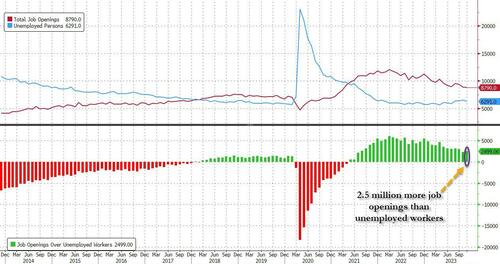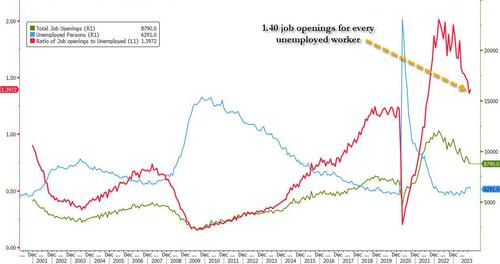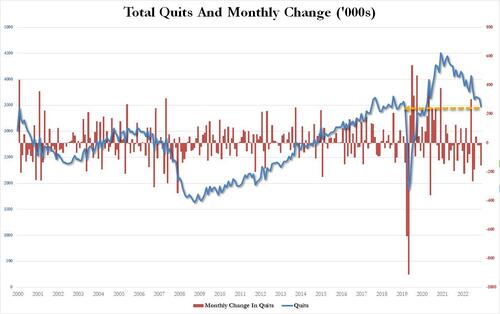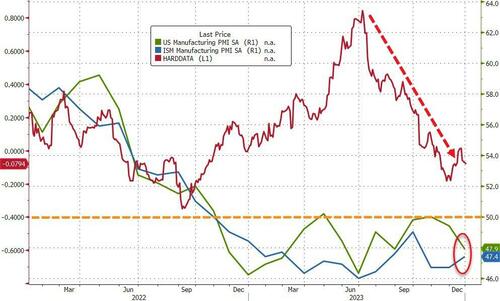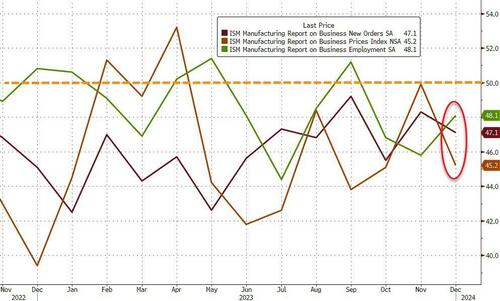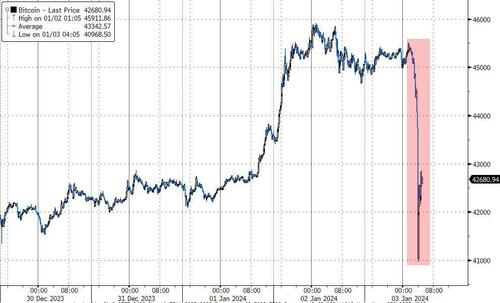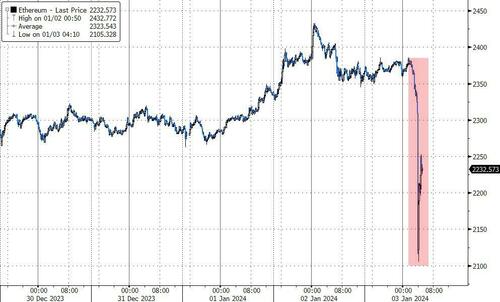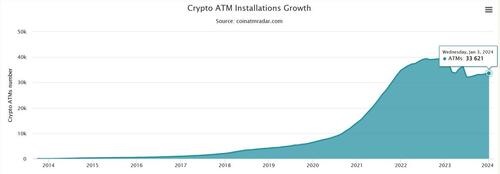Jacques Turgot must have cried himself to sleep the night that he reviewed the French government’s annual financial report in early 1775.
The numbers were gruesome; France was so heavily indebted by the mid-1770s that the entire nation was on the verge of a major financial crisis.
But Turgot was smart. Borderline brilliant. So, if anyone could turn things around and restore France to its former glory, it was him.
Turgot was born in the 1720s when France was still the clear, dominant superpower in the world… wealthy, admired, and strong. But decades of overspending had created a massive national debt.
By the time he took over as Controller-General in the summer of 1774, the French public debt was so high that just making interest payments consumed most of the tax revenue.
This meant that the government had to go even deeper into debt every year just to fund its most basic operations, thus making the problem exponentially worse.
Turgot knew how to fix it. And then had the balls to do it.
He advocated for major reforms, including steep budget cuts and free trade. He demanded the church and nobility to pay taxes (workers, artisans, and merchants already did).
He wanted to dismantle the medieval version of unions, known as guilds, to allow French citizens the freedom to work without regulation.
And he wanted to abolish the remnants of the feudal system, enabling freedom and opportunity across the country.
These were all logical proposals that could have solved France’s debt crisis. So naturally they were all rejected.
In fact, Turgot’s proposals, as sensible as they were, made him the most hated guy in France.
The royals hated him for curtailing their lavish lifestyle. The parliament hated him for his budget cuts. The church and nobles hated him for demanding they pay taxes too. The unions hated him for reducing their power.
Honestly, it’s kind of amazing that Turgot didn’t get suddenly suicided like Epstein. Though he did find himself thrown out on his keister and out of a job by the spring of 1776.
Coincidentally, 1776 was also the year that Benjamin Franklin formally requested financial support from France to support the American Revolution.
Turgot would have rejected that request flat-out. France simply didn’t have the money to fund someone else’s war.
But with the former-minister now in his forced retirement, the French government happily obliged Franklin’s request and shoveled billions of dollars out the door– money that they didn’t have.
We all know how the story ends: the French Revolution, the Reign of Terror, Napoleon, etc. And this is far from an isolated tale; history books are filled with stories of once-dominant superpowers who indebt themselves into weakness and decay.
I am not a pessimistic person. In fact, I consider myself wildly optimistic about the future; our species has seen its share of horrendous crises… yet we always manage to ascend higher.
This time is not different. Despite the challenges that the world faces, and despite the complete idiots who run the show, humanity will continue to surpass its previous peaks.
But at the same time, it would be completely naive to ignore the obvious lessons of history about how excess debt ultimately destroys a nation’s economic power.
I’ve been spreading this message for years: many of the world’s most advanced nations are in this position– like Japan, Italy, etc. And of course, the United States.
The US national debt actually reached a new milestone of $34 trillion on the very last day of the year (2023).
Bear in mind that the national debt at the beginning of the year was $31.4 trillion. So, the debt increased by a whopping $2.6 trillion over the course of the 2023 calendar year.
Now, back in 2020 and 2021, the US government could borrow money at just 1% interest.
But interest rates surged throughout 2023 to 4%, 5%, and more. This means that the $2.6 trillion in new debt that the government borrowed will cost taxpayers AT LEAST $100 billion in additional interest… PER YEAR. ($2.6 trillion x 4% = $104 billion annually)
It’s no wonder that 2023 saw a record $900 BILLION in gross interest paid on the US national debt. And this year’s interest on the national debt will likely surpass $1.2 trillion.
2023 was one for the record books in many other ways as well.
There was the debt ceiling crisis at the beginning of the year– in which the guy with five decades of experience refused to negotiate with the other side, leading the country to the brink of default.
Naturally they didn’t actually solve the problem. So, at the last minute they kicked the can down the road to January 1, 2025– just 364 days from now.
This was followed by a downgrade of the US sovereign debt rating, and then another downgrade of the US sovereign debt outlook (which are technically two different things).
The guy with five decades of experience reacted with genuine confusion… which is understandable considering he doesn’t know where he is half the time.
But even those around him, including Treasury Secretary Janet “Expert” Yellen, and the eminently articulate Secretary of Doublespeak, Karine Jean-Pierre, rejected the downgrades as “puzzling” and “entirely unwarranted”.
The voice of reason last year came from the Congressional Budget Office, which seems to at least have some grasp of the situation.
Whereas in mid-2022, the CBO had forecast a 10-year deficit of $15.7 trillion, by early 2023 they had to revise their projection downward to an $18.8 trillion deficit.
It probably didn’t help that US federal tax revenue declined significantly in 2023, down to $4.4 trillion from $4.9 trillion the year before.
A decline in tax revenue is hardly a surprise given the never-ending onslaught of new regulations that make it more difficult for people to work and do business.
Yesterday I wrote to you about the nearly 100 pages of regulation that requires small business owners to file a new report to the federal government each year.
Never mind that businesses already must file the exact same information to the IRS. No, they want to double your compliance burden by requiring you to send the same information– in a different reporting format– to another a second government agency.
If that weren’t enough, in December the Labor Department published a new proposal to heavily regulate apprenticeship programs; the proposal went on for nearly EIGHT HUNDRED PAGES and includes rules about body-positive PPE (personal protective equipment) and mandating bathrooms that correspond to gender identity.
So, if you have interns who identify as polygender, demiflux, and autigender (all real terms), get ready to build three new bathrooms for they/them.
Naturally this whole situation is a complete train wreck. At least France in the 1770s had someone with the brains and the balls to raise the red flag… even though he was summarily dismissed.
Today the ‘experts’ in charge seem willfully, blissfully ignorant… which gives rational, thinking people every reason to have a Plan B.
from Sovereign Man https://ift.tt/xIoLQJ0
via IFTTT

